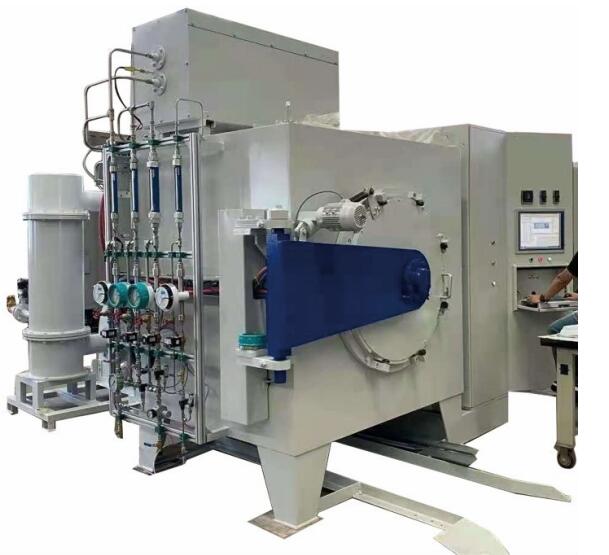Analysis Of Common Problems In Carburizing And Nitriding
Carburizing and nitriding are two common heat treatment processes, but these two processes are also prone to some problems in operation:
1.How to prevent carburization where the workpiece is machined?
(1) Copper plating method, plating a copper layer with a thickness of more than 20mm
(2) After coating the coating agent and drying, the copper powder can be suspended in the water glass solution.
(3) Dry after coating with anti-carbon coating agent, mainly use borax and organic solvents
(4) Coating method of iron oxide and clay mixture
(5) Use a sleeve or a set of screws
2. Insufficient hardness of workpiece after carburizing
(1) Insufficient cooling speed, water spray cooling or salt water cooling can be used
(2) Insufficient carburization, strong carburizing agent can be used
(3) Insufficient quenching temperature
(4) Caused by decarburization caused by heating during quenching, salt bath furnace can be used for direct quenching
3. Carburized layer peeling phenomenon
(1) The concentration gradient of carbon content is too large, diffusion annealing should be applied
(2) There is no intermediate layer, the rate of carburization should be moderated
(3) Over carburizing phenomenon, the carburizing layer before grinding can be considered
(4) Repeated carburizing may also cause the carburized layer to peel off
4. The hardness or depth of the nitrided surface is not enough
(1) It may be that the chemical composition of the steel material is not suitable for nitriding treatment
(2) It may be that the tissue before nitriding treatment is not suitable
(3) It may be that the nitriding temperature is too high or too low
(4) The temperature or airflow in the furnace is not uniform
(5) The flow of ammonia gas is insufficient
(6) The nitriding time is not long enough
5. The bending of the nitrided workpiece is very strong
(1) The relaxation annealing treatment before nitriding is not done well
(2) The geometrical curve of the workpiece is poorly designed, such as asymmetry, too much thickness change, etc.
(3) The placement method of the workpiece to be processed during nitriding is incorrect
(4) The surface properties of the workpiece to be treated are uneven, such as uneven cleaning or uneven surface temperature.
6. The phenomenon of cracking and peeling of the nitrided workpiece
(1) The decomposition rate of ammonia exceeds 85%, which may occur
(2) There is a decarburization layer on the surface of the workpiece before nitriding
(3) The workpiece design has obvious acute angles
(4) When the white layer is too thick
7. The white layer of the nitrided workpiece is too thick
(1) The temperature of nitriding treatment is too low
(2) This phenomenon may occur when the decomposition rate of ammonia is less than 15%
(3) Improper cooling process
8. The ammonia decomposition rate is unstable during nitriding treatment
(1) Air leakage in the pipeline of the decomposition rate tester
(2) Too few workpieces loaded into the furnace during nitriding
(3) The change of pressure in the furnace leads to the change of ammonia flow
(4) Improper effect of catalyst

Research Progress On Annealing Process Of Amorphous Nanocrystalline Soft Magnetic Alloys Heat Treatment Process Of Extrusion Die Study on QPQ Nitriding Process of 42CrMo Piston Rod

Contact us
Your email address will not be published. Required fields are marked *